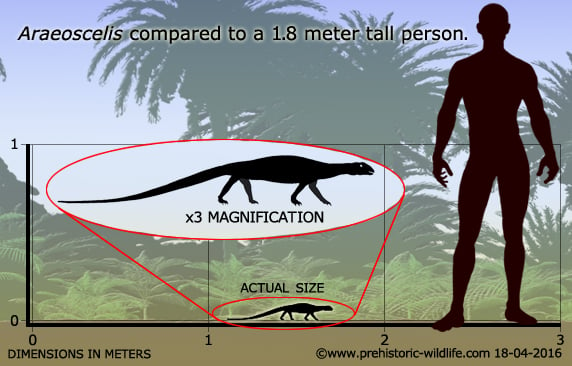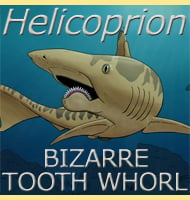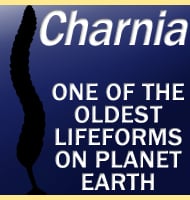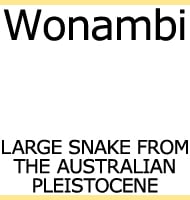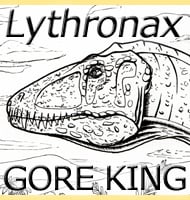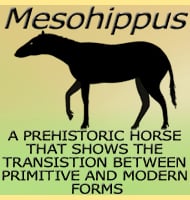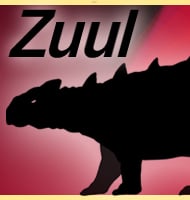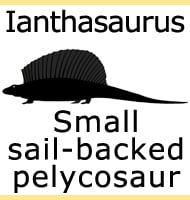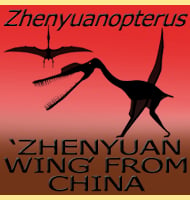In Depth
Araeoscelis is another representative of the early diapsids. The teeth of Araeoscelis were quite large and blunter than its contemporary Petrolacosaurus, suggesting that it specialised in insects with tougher bodies.
Although officially considered a diapsid with two fenestrae behind the eye socket, the lower fensetra was closed with bone, meaning that Araeoscelis could be considered a euryapsid. This adaptation may have allowed for stronger jaw muscles to help bite through the aforementioned insect bodies.
The overall morphology of Araeoscelis is similar to a lightweight modern day lizard.
Further Reading
– New Permian reptiles; rhachitomous vertebrae. – Journal of Geology 18:585-600. – S. W. Williston – 1910.
